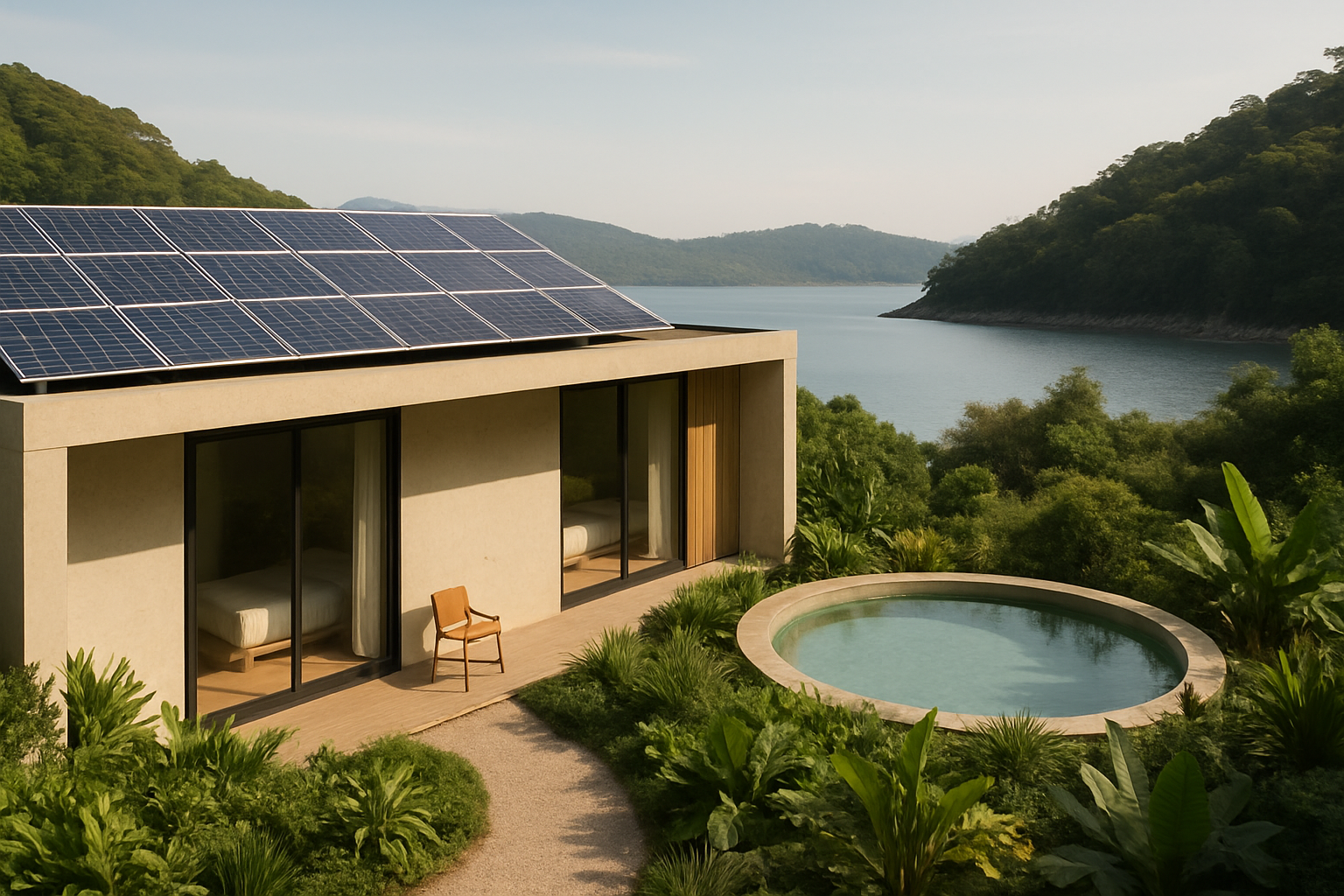In recent years, the global tourism industry has seen a powerful shift—one that speaks to the climate-conscious traveller, the design-savvy architect, and the forward-thinking developer. Welcome to the age of eco-resorts: net-zero hospitality spaces that don’t just blend with nature—they give back to it.
As environmental concerns and sustainable living rise to the forefront of global discourse, hospitality design is evolving from indulgent escapes to immersive, regenerative experiences. Today’s eco-resorts are architectural statements—built with intention, powered by clean energy, and crafted to leave the lightest footprint possible.
But what does it truly mean to design a net-zero hospitality space? And how are architects, planners, and hoteliers working together to turn these green dreams into tangible, thriving destinations?
What is a Net-Zero Eco-Resort?
At its core, a net-zero eco-resort produces as much energy as it consumes, often through a mix of solar, wind, geothermal, or hydropower solutions. But it’s about much more than installing a few solar panels. True net-zero design involves rethinking every touchpoint—from site selection and material sourcing to water systems, waste management, and even the guest experience.
In a successful eco-resort, architecture isn’t just sustainable—it’s regenerative. The buildings work with the climate, not against it. Every design choice is a response to context, environment, and local culture.
Why Eco-Resorts Are on the Rise
The rise of eco-resorts is driven by more than just good intentions. The numbers tell a compelling story:
- A 2023 Booking.com survey revealed that 76% of global travelers want to travel more sustainably.
- Millennials and Gen Z—who make up the fastest-growing segment of global tourists—prioritize eco-conscious accommodation when booking trips.
- Governments and tourism boards worldwide are encouraging low-impact travel and offering incentives for green building.
In response, developers are beginning to see sustainability not as a cost, but as a competitive advantage. From luxury treehouse villas in Costa Rica to off-grid desert lodges in Morocco, the eco-resort trend is being embraced across continents, climates, and cultures.
Key Principles of Net-Zero Hospitality Design
Designing a net-zero resort isn’t just about ticking LEED boxes or achieving green certifications—it’s about creating systems that support long-term environmental and operational sustainability. Here are some core principles:
- Passive Design Strategies
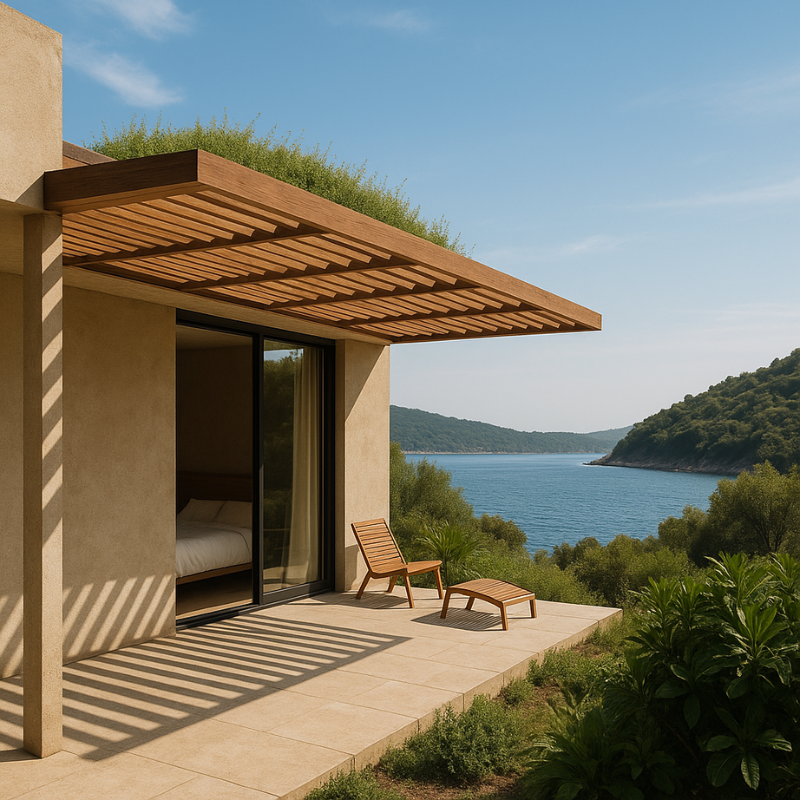
Passive architecture uses climate-responsive design to reduce a building’s energy demand. For resorts, this could mean:
- Orienting buildings to maximize natural ventilation and daylight.
- Using thermal mass to regulate temperature.
- Shading devices and green roofs to reduce heat gain.
By reducing the energy load upfront, designers can rely less on mechanical systems and more on nature’s own tools.
- Renewable Energy Integration
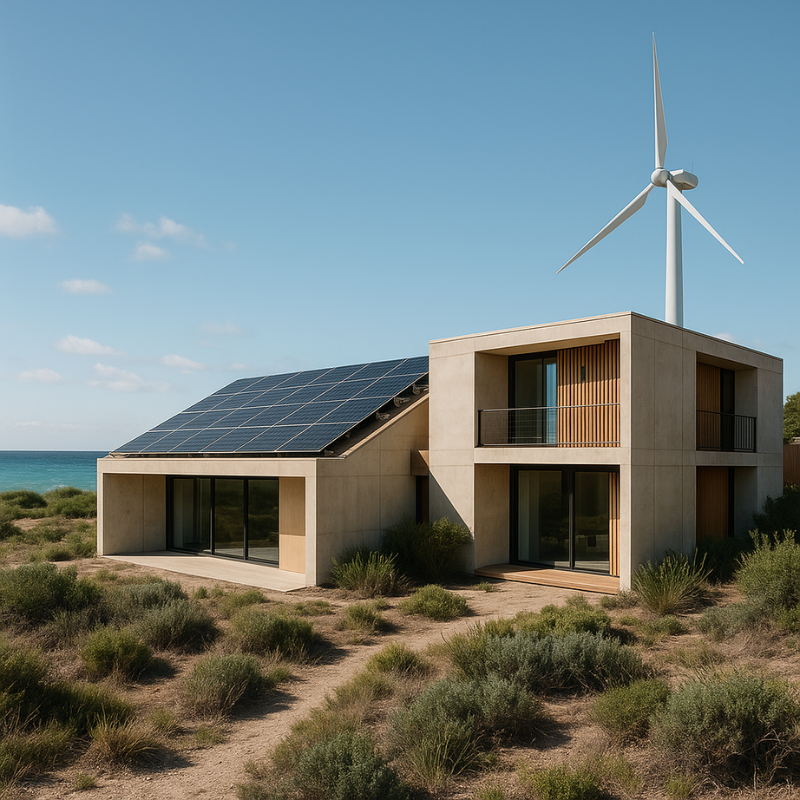
Solar panels are the most common choice, but location-specific strategies are key:
- Wind turbines in coastal or mountain regions.
- Geothermal systems in volcanic or tectonic areas.
- Micro-hydro systems near streams or waterfalls.
The energy infrastructure is often embedded into the design language of the resort, becoming part of its aesthetic identity.
- Water Conservation and Recycling
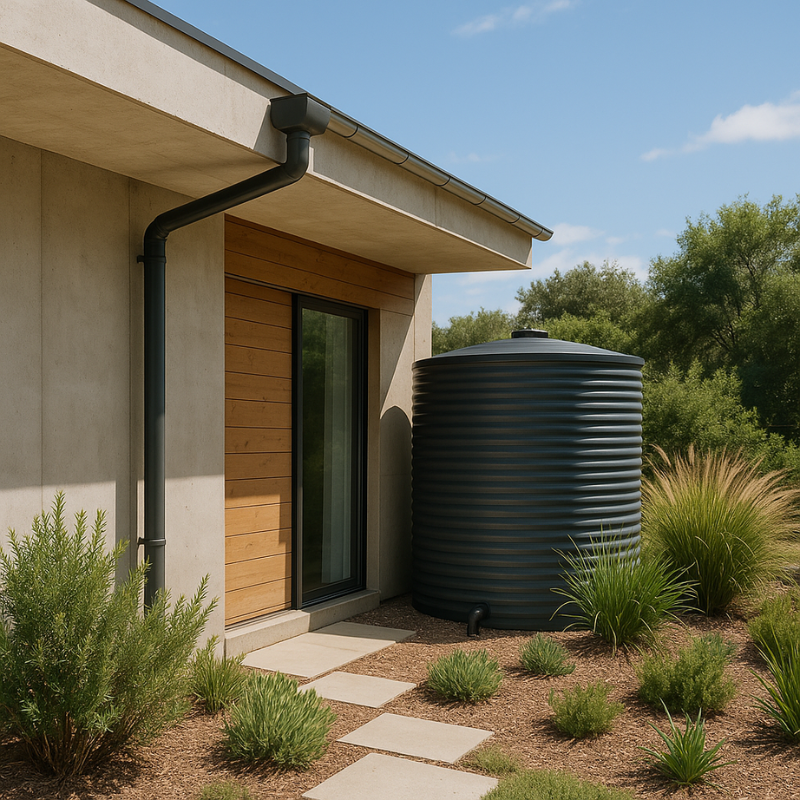
Water scarcity is a global issue—and in remote eco-resorts, it’s even more pressing. Smart resorts implement:
- Rainwater harvesting systems.
- Greywater recycling for irrigation and toilets.
- Low-flow fixtures and native landscaping to reduce water usage.
- Sustainable Materials and Local Sourcing
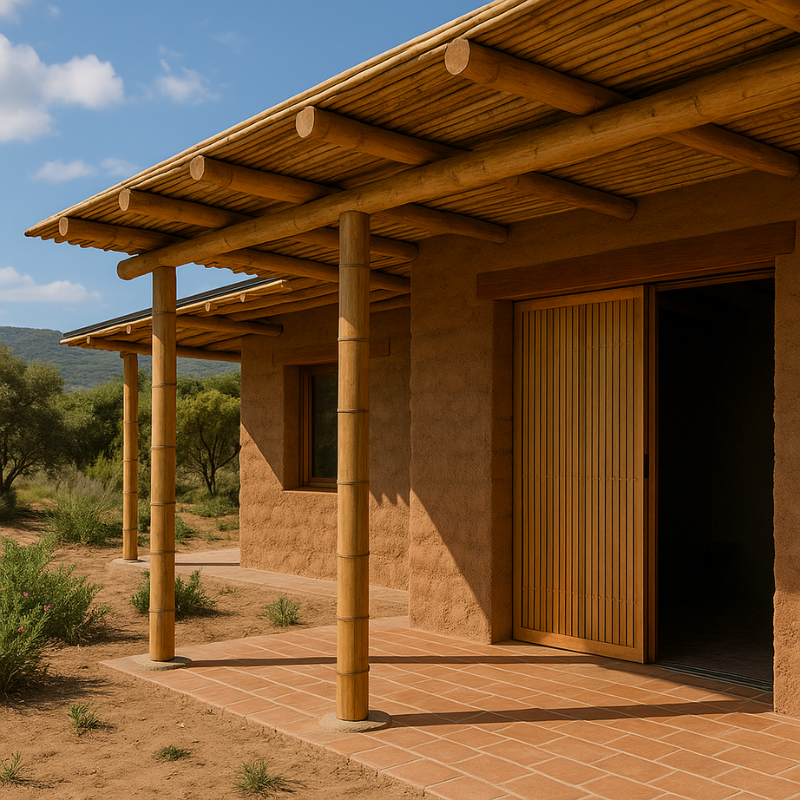
Net-zero resorts often turn to locally sourced, renewable, or recycled materials—from bamboo and reclaimed wood to adobe and rammed earth. This not only reduces carbon footprint but also strengthens the connection between resort and region.
Beyond the Building: Designing Experiences in Harmony with Nature
Eco-resorts are not just buildings—they are ecosystems. The guest experience is intimately tied to the environment, offering immersive interactions like
- Guided forest bathing or wildlife tracking.
- Permaculture gardens guests can forage in.
- Open-air architecture that invites the elements in.
Designers are blurring the boundaries between inside and out, making the landscape a key character in the hospitality narrative.
Examples of Net-Zero Hospitality Done Right
Several standout resorts have become global benchmarks for sustainable luxury:
- Fogo Island Inn, Canada – Powered by solar and wood-burning stoves, this coastal resort reinvests all profits into the local community.
- The Brando, French Polynesia – 100% energy independent, using solar and seawater air conditioning.
- Six Senses Svart, Norway – A circular, energy-positive resort set to open above the Arctic Circle, designed to generate more energy than it consumes.
These examples are proof that net-zero doesn’t mean sacrificing comfort or aesthetics—it simply means rethinking the experience from the ground up.
The Role of Architects in the Eco-Resort Movement
Architects are at the heart of this transformation. No longer just designing buildings, they are designing systems—ones that manage light, energy, water, and waste. They’re working across disciplines, collaborating with environmental engineers, local craftspeople, and cultural consultants to shape spaces that are not only beautiful but also resilient and meaningful.
Tools like BIM (Building Information Modeling), energy simulation software, and climate data analysis allow architects to model performance early and accurately. But just as important are the softer skills—empathy for place, sensitivity to culture, and a deep respect for nature.
Final Thoughts: Designing the Future of Travel
Eco-resorts are more than a passing trend—they are a necessary evolution in hospitality design. As climate change accelerates and consumer awareness deepens, the demand for regenerative, net-zero tourism will only grow stronger.
For designers and developers alike, the challenge is clear: how do we build without burden? How do we create experiences that delight, inspire, and restore?
The answer lies not just in new technologies, but in a return to timeless principles—designing with nature, for people, and toward a future we can all be proud of.
Ready to Explore More?
At Ideas for Architecture, we believe design has the power to shape sustainable futures. Follow our blog for deep dives into eco-innovation, regenerative architecture, and the ideas redefining how—and where—we live.
Let’s design a greener tomorrow, one thoughtful project at a time.





